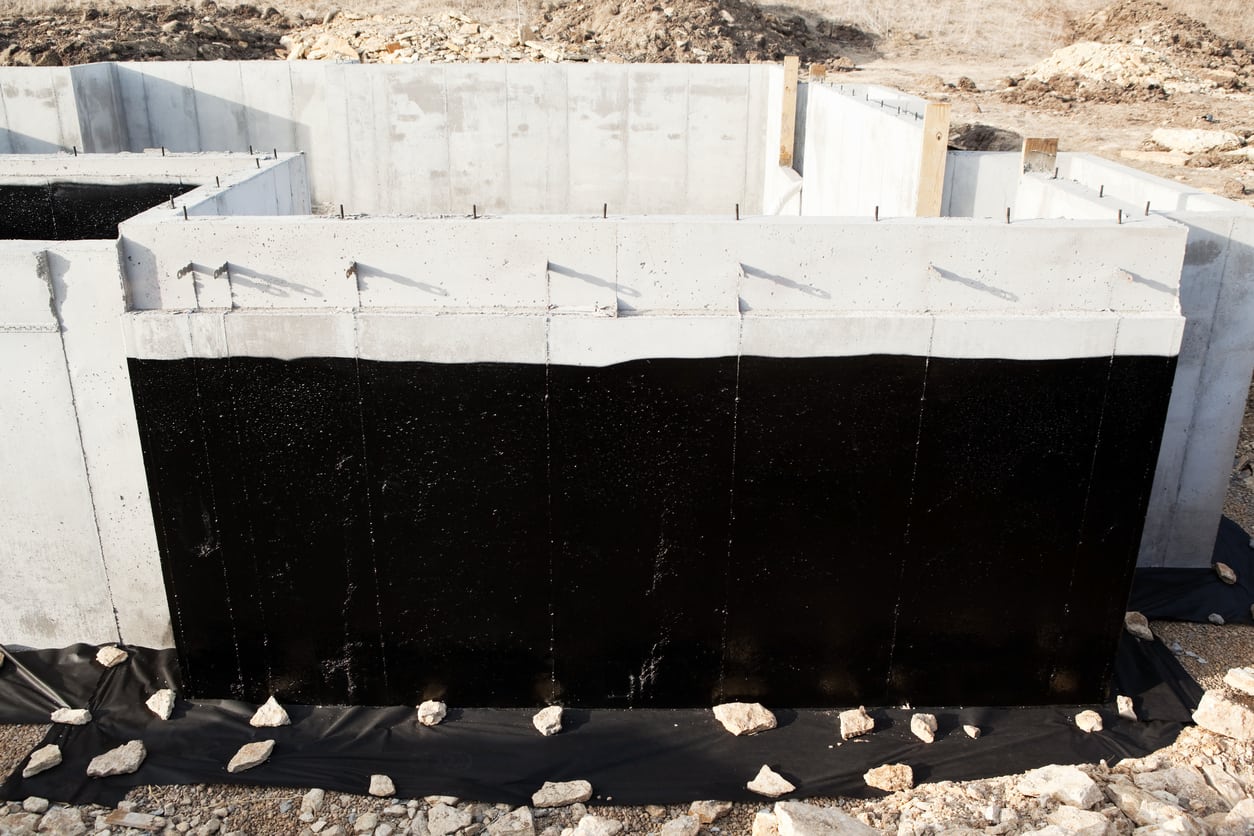
Silicate Basement Sealants
A silicate basement sealant can penetrate into the concrete by as much as four inches. The way this type of sealer works is it reacts to the alkalis and lime naturally found in cement, creating a permanent seal. This seal will eliminate any cracks in the concrete, as well as strengthen it and reduce any cracks that may develop in the future.
The good news is silicate sealants protect concrete from water vapor, water and radon gas. They will also reduce the development of condensation and protect against the growth of mildew, mold and fungi. When a silicate basement sealer is used, the basement walls will hold up against high water pressure, regardless of where it comes from. The downside to this sealant is it has a high chance of failing after just a few years, requiring reapplication.
A silicate basement sealant should be applied before painting. It is even recommended for curing fresh concrete or for hardening the surface. Silicate basement sealants can be used in the home, as well as on outside surfaces like concrete, limestone, stucco, porous brick and other cementitious material.
Polysiloxane Blend Basement Sealants
A polysiloxane blend basement sealant will bond directly to the substrate to create a naturally water repellent surface. This type of basement sealer will repel any moisture and stop the growth of algae, mold and mildew. However, polysiloxane sealers still allow gases and vapor through, and the surface cannot be painted. This means as an interior sealant, this choice doesn’t typically last as long as other options.
Another drawback is these sealants will only permeate about ¾ inches into the concrete, leaving much of the foundation unprotected. However, the sealant is UV resistant and typically has a long lifespan when applied properly.